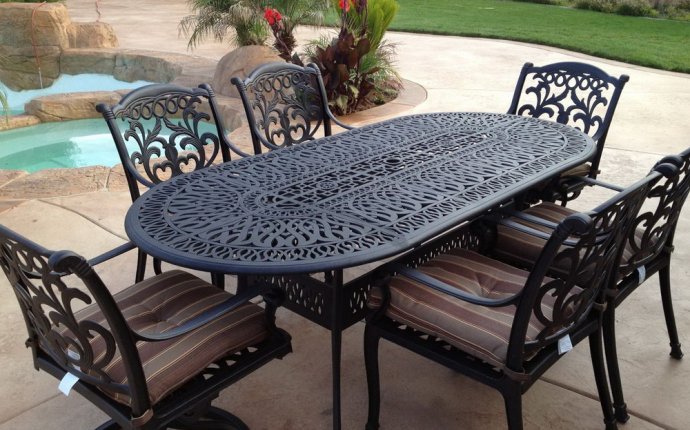
Antique Cast Iron Patio Furniture
 America's cultivated gardens date back to Thomas Jefferson and George Washington, but today a new passion for gardens and garden ornament is sweeping the country. Perhaps it is the environmental movement, or the escape from a complex world. Gardens with their peaceful distractions bring back harmony and serenity to our lives. The interest in horticulture today mirrors the 19th century fascination for plants and nature.
America's cultivated gardens date back to Thomas Jefferson and George Washington, but today a new passion for gardens and garden ornament is sweeping the country. Perhaps it is the environmental movement, or the escape from a complex world. Gardens with their peaceful distractions bring back harmony and serenity to our lives. The interest in horticulture today mirrors the 19th century fascination for plants and nature.
Colonial and Federal Periods
In the Colonial and Federal periods gardens were furnished with simple wooden benches made right on site by local cabinetmakers copying designs from imported pattern books. These wooden pieces seldom survived. Also chairs were simply brought outside from the house. A rare surviving wooden bench is the late 18th century “Almodington Bench”, a lovely diagonally slatted back design of yellow pine which was originally made for the Somerset County Maryland plantation named “Almodington.” This is the oldest known piece of American garden furniture. It is now in the collection of the Museum of Southern Decorative Arts in Winston Salem, North Carolina.
 Check our inventory for
Check our inventory for
Wrought Iron Garden Antiques
Wrought iron, softer than cast iron, required the skills of an artisan to hammer and twist into delicate linear forms, and was used by the wealthy class in the 18th and early 19th century for gates and fences. Beautiful examples can be seen in Charleston, N.C. today.
Se
Cast Iron Garden Ornaments
The 19th century brought the development of the ornamental cast iron industry. The history of cast iron ornamental furniture begins with the raw element itself: iron. Always found as an ore, iron must be processed in to wrought iron, steel, or cast iron, differing with the amount of carbon they contain, with cast iron having the most and being the least malleable and most brittle. Although iron furniture had existed for centuries, the new American cast iron industry was viewed as superiority of technology over nature and iron as the new important material of the 19th century. By 1840 there were over 800 cast iron foundries in this country and the number doubled by 1850. At first cast iron was used for architectural and industrial uses, then for decorative fencing, house and garden ornaments. Iron manufacturers promoted the use of ornamental cast iron for conservatories, parks and cemetaries, extolling its beauty and indestructibility.

See addition
Creating an iron piece of furniture consisted of the skilled making of an hand carved wooden mold for each part of the piece—the arms, seat, back, and legs, then sand casting each piece, then carefully filing and burnishing each piece. Components could then be galvanized (coated with zinc), painted, or bronzed. Finished pieces were always bolted together. Today this process is so costly, that pieces are electro welded together. Garden urns or “Vases” were offered in detailed foundry catalogs with choices of handles and pedestals, and seating in a variety of designs.
Patterns in Antique Garden Ornaments
The earliest design patterns were naturalistic such as the “Rustic” pattern using intertwined branches and roots, the “Grape” pattern with leaves and grapevines, the “Fern” pattern with large bending fern fronds, the “Passion Flower”, the “Lily of the Valley”, and the “Morning Glory” patterns were some of the earliest used for settees and chairs. Later designs were more architectural with Gothic, Renaissance and Rococo styles adopted, an example would be the popular "Curtain" design.
Mechanization
During the 19th century new machines were developed to extrude wire which allowed the foundries to fabricate a fanciful new line of wire-work garden designs—garden settees, plant stands, arches, and chairs that were delicate looking but actually very sturdy and practical.
Each foundry catalog listed pages of elaborate wire-work pieces in many variations, for inside and outside uses.
Cast Stone / Ornamental Terra Cotta
Ornamental terra cotta was also an important industry, producing not only architectural for buildings but a wide range of garden ornament such as urns, bird baths, sundials and pots. The Galloway Co. in Philadelphia was an important manufacturer. Also in the 19th and early 20th century concrete with added decorative stone aggregate, crushed glass and tiles, glazed stoneware, and other materials were used to produce a wide array of beautiful objects for the garden.









